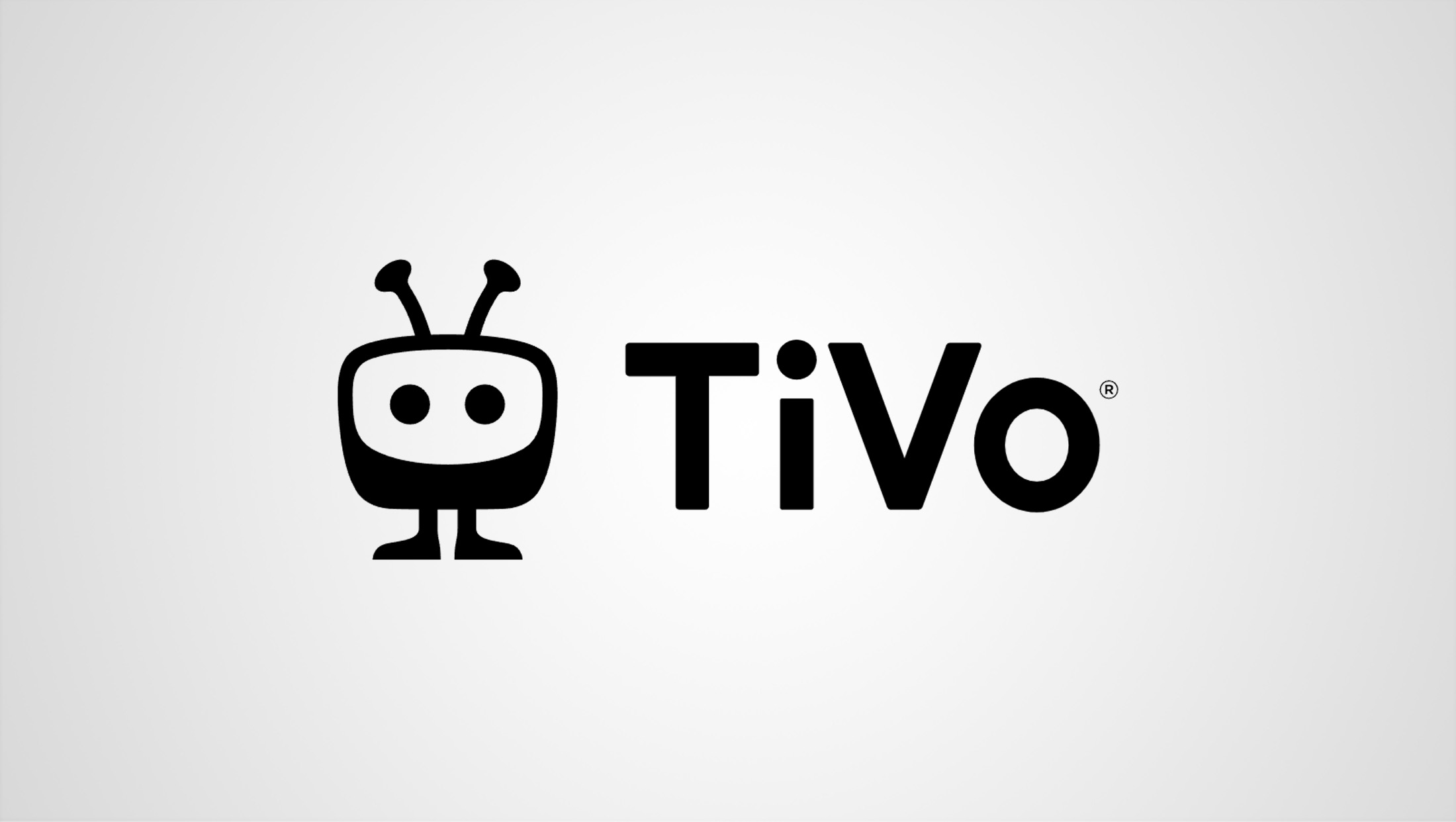Report: Consumers paying less for streaming, favoring FASTs

Subscribe to NCS for the latest news, project case studies and product announcements in broadcast technology, creative design and engineering delivered to your inbox.
A new report analyzing the last quarter of 2023’s trends in video shows signs consumers are becoming more cautious about streaming subscriptions, which could be good news for FAST providers.
The Quarter 4 2023 Video Trends Report from TiVo indicates North American consumers are becoming more discretionary about how they spend on streaming services — with the average monthly amount spent on SVOD dipping by $13 over the course of the year.
Consumers are using an average of four non-paid services, up from 2.4 in 2021.
The report also noted a hike in advertising-supported video on demand, AVOD, another sign that consumers are willing to sit through some commercials to save money on entertainment.
That jives with another finding in the report — consumer tolerance for viewing ads hit an all-time high, reaching 62.8%.
TiVo based its report on a survey of about 4,400 adults over the age of 18 in the U.S. and Canada.
The shift in reduced spending signals the entertainment industry’s emergence from a period of growth characterized by changes in TV viewing habits to a new period of stabilization.
It also appears consumers are feeling the effects of fragmentation. 20% of respondents shared that they feel they have too many services and 62.5% admitted to reducing their entertainment spend in light of recent economic inflation.
In response to the industry shift from a growth to a profit mindset, and the change in consumer viewing behavior, video service providers started developing “hit” original series to draw in new subscribers and retain current customers.
However, even with these efforts, the gap between users adding and canceling subscription video on demand, SVOD, services has decreased by 4.4 percentage points as consumers are now canceling services almost as often as they are adding new ones.
Consumers are showing they are not afraid to leave a service if they can’t justify the cost, making price the leading reason for SVOD cancellations (21.3%).
On the other hand, traditional pay TV churn risk declines as 63.7% of respondents are cord-revivers, resubscribing to such pay TV services in the last 6 months, with 33.8% reporting that they couldn’t get all the entertainment they were looking for without it.
“The post-(COVID) U.S. streaming market is maturing rapidly and we’re seeing OTT service providers raising subscription fees to test the limits of consumer entertainment budgets. This trend pushes consumers to balance their media diets (and pocketbooks) with FAST/AVOD services resulting in more churn, lower spend and increased use of non-paid services,” said Scott Maddux, VP of global content strategy and business at Xperi, TiVo’s parent, in a statement. “In the end this is a win-win, as major media companies are monetizing at both ends of the spectrum … and consumers have more options.”
As consumers continue to proceed with caution in how they consume entertainment, video service providers will continue to work to capture the attention of viewers and keep their retention rates climbing.
With the entertainment industry shifting to focus more on profit over growth, 2024 will be a year of change as video service providers step into the future of what it means to watch video.
Other highlights in the report include:
- When it comes to content recommendations, personalized recommendations from streaming services still fall short of word of mouth and organic interactions in daily life as 45.9% of respondents go to 2 or 3 streaming apps before settling on something to watch.
- While movie theaters are making a well-deserved comeback, consumers are still interested in using transactional video on demand, TVOD, services to enjoy new releases from home, with 52.3% of respondents saying they used TVOD services in 2023, an increase from the year prior.
- With consumers watching an average of 4.7 hours per day, many are splitting their time watching content on their phones (60.3%), TVs (78.2%) and even in their vehicles (38.0%). In addition to traditional entertainment like TV shows and movies, social video is rising in popularity climbing from 14.7% in Q4 2022 to 17.1% in Q4 2023.
- QR codes remain the most commonly used interactive ad method, as well as the one most commonly recognized by respondents (40.2%). Gen Z is most likely to tap an interactive commercial on a tablet or phone (40.7%) while Millennials are the most likely to utilize QR codes in a TV show or commercial (35.9%).
Since 2012, TiVo has surveyed consumers to uncover key trends relevant to TV providers, digital publishers, advertisers and consumer electronics manufacturers.
The latest TiVo Video Trends Report surveyed 4,436 adults 18 and older living in the U.S. and Canada during the fourth quarter of 2023 (3,448 U.S., 988 Canada).
In addition to identifying and analyzing key trends in viewing habits, the TiVo Video Trends Report provides insight to consumer opinions regarding Subscription Video on Demand (SVOD), Transactional Video on Demand (TVOD) and Advertising-Based Video on Demand (AVOD) providers, emerging technologies, connected devices, over-the-top (OTT) apps and content discovery features, including personalized recommendations and search.
Subscribe to NCS for the latest news, project case studies and product announcements in broadcast technology, creative design and engineering delivered to your inbox.





tags
Ad-Supported Video on Demand (AVOD), Free Ad-Supported Streaming Television (FAST), Subscription Video On Demand (SVOD), TiVo, Transactional Video on Demand (TVOD)
categories
Advertising, Broadcast Industry News, Cable Industry, Featured, Market Research Reports & Industry Analysis, Streaming